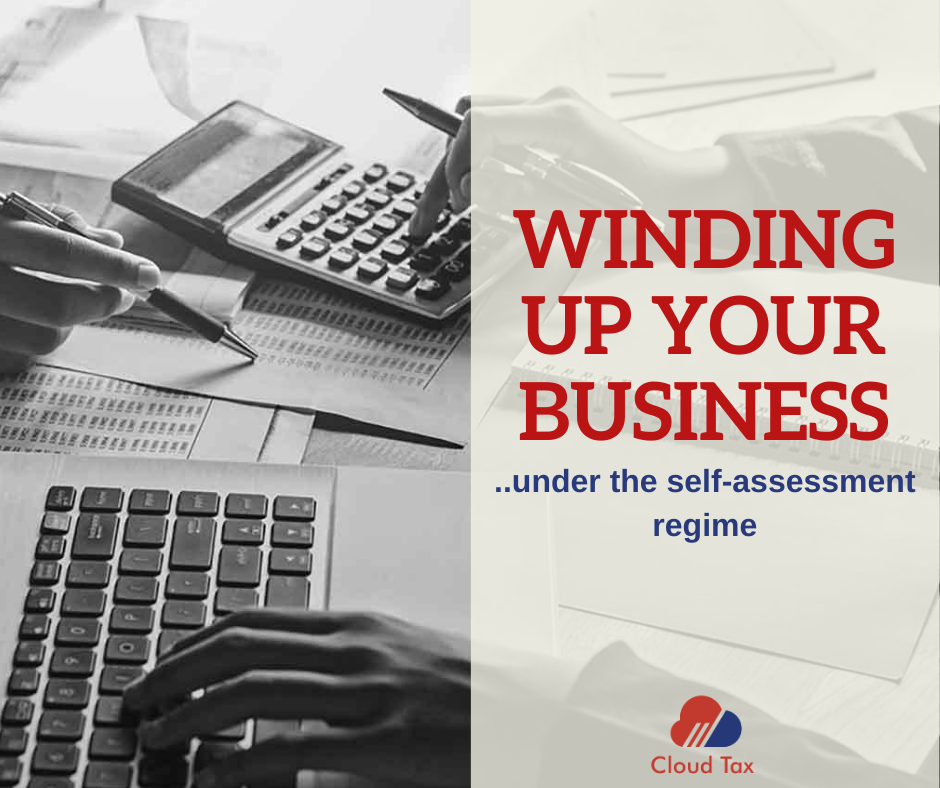The decision of how and when to cease a business is a crucial one. A decision of such consequence is usually prompted by a combination of three main factors – market conditions, market forces, and life changes. Unfortunately, due to the pandemic, many businesses will have been adversely affected and some are now facing an impending threat of closure.
Under the self-assessment regime, the final tax year in which a business is taxed is the tax year in which it actually ceases to trade. So, if a business stops trading on 30 September 2020, the final year of assessment will be 2020/21.
Example
Ross has been trading for many years and makes his accounts up to 30 September each year. He narrows his options to stop trading to one of two dates:
● 30 June 2020
● 31 December 2020
Ross’s annual tax bill is calculated as normal up to and including the 2019/20 tax year (based on accounts for the year ending on 30 September 2019). His final tax bill is for 2020/21 as this is the year he ceases to trade. So, depending on the date he chooses to stop trading, his final tax bill is based on profits for:
● 9 months from 1 October 2019 to 30 June 2020, or
● 15 months from 1 October 2019 to 31 December 2020
If Ross had ‘overlap profits’ when he started his business, and he hasn’t used them during the lifetime of his business (for example, on a change of accounting date), he can claim relief for them against his final year’s tax bill.
Terminal loss relief
If your company or organisation stops trading, you may be able to claim Terminal Loss Relief. This relief allows you to carry back any trading losses that occur in the final 12 months of a trade and set them off against profits made in any or all of the 3 years up to the period when you made the loss. So, if there is a terminal loss in 2020/21, it is set first against income from any other sources in 2020/21 (for example, against employment income). If any loss is left over after it has been set against other income, the balance is set against any income in 2019/20, then 2018/19, and finally against 2017/18. HMRC will issue a refund of tax overpaid or set the refund against any outstanding tax bills.
The time limit for making a claim for terminal loss relief is four years from the end of the tax year in which the loss arises.
Deregistering for taxes
HMRC must be notified when a business ceases. This may include deregistering for Class 2 NICs and VAT.
For VAT-registered businesses, deregistration must be undertaken within 30 days of ‘ceasing to make supplies’ by submitting form VAT 7 (included in the HMRC VAT Notice 700/11: Cancelling your registration) to HMRC. Once HMRC is satisfied that registration should be cancelled, they will confirm the effective date and issue a final VAT return. The business will need to account for VAT on stock and certain assets on hand at the close of business on the day the registration is cancelled.

Cloud Tax Ltd Accountants
We offer a wide range of accountancy services and business growth solutions to help you achieve your business goals!
